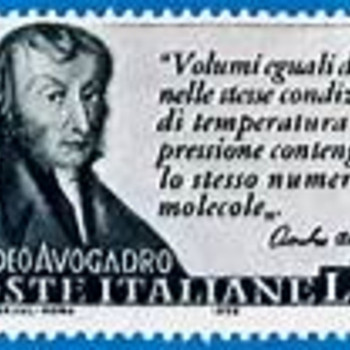How is it called the effect of electronegative atoms on their neighbours?
1 Answer
I think you are looking for the term
Explanation:
Electronegativity is conceived to be the ability of an atom involved in a chemical bond to polarize electron density towards itself. There are various scales of which the
And so in a chemical bond,
...on the basis that the electronegativity of hydrogen,
Electronegatvity INCREASES ACROSS A PERIOD, from left to right as we face the Table. and DECREASES down a Group, a column of the Periodic Table.
Why so? Well, incomplete electronic shells shield the nuclear charge VERY imperfectly...and this is certainly REFLECTED in the well known diminution of atomic radii ACROSS the Period from left to right. And so the larger the atomic number for a given Period, the greater should be its electronegativity.

